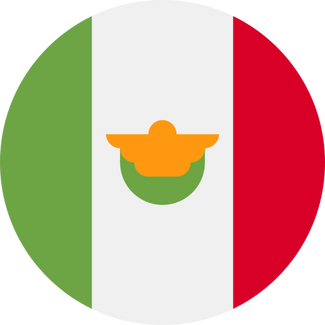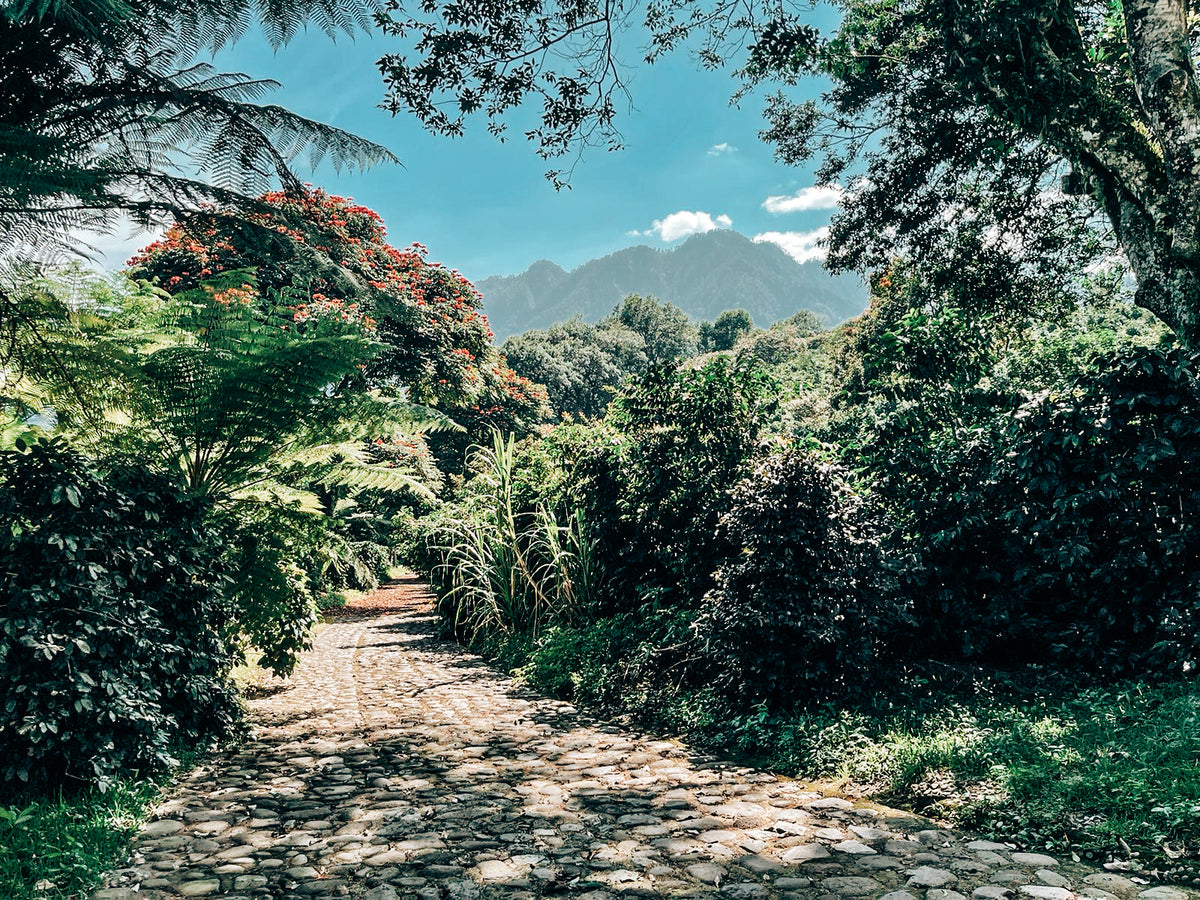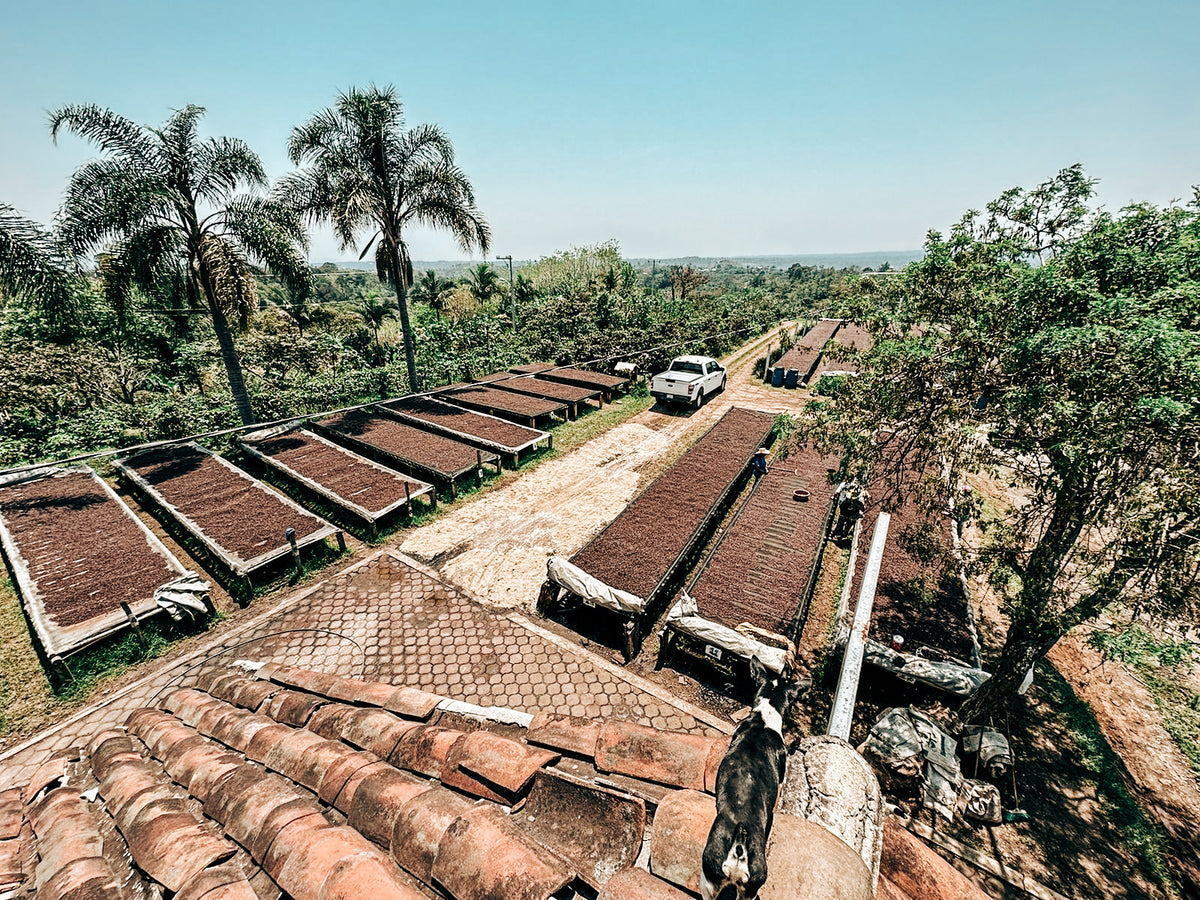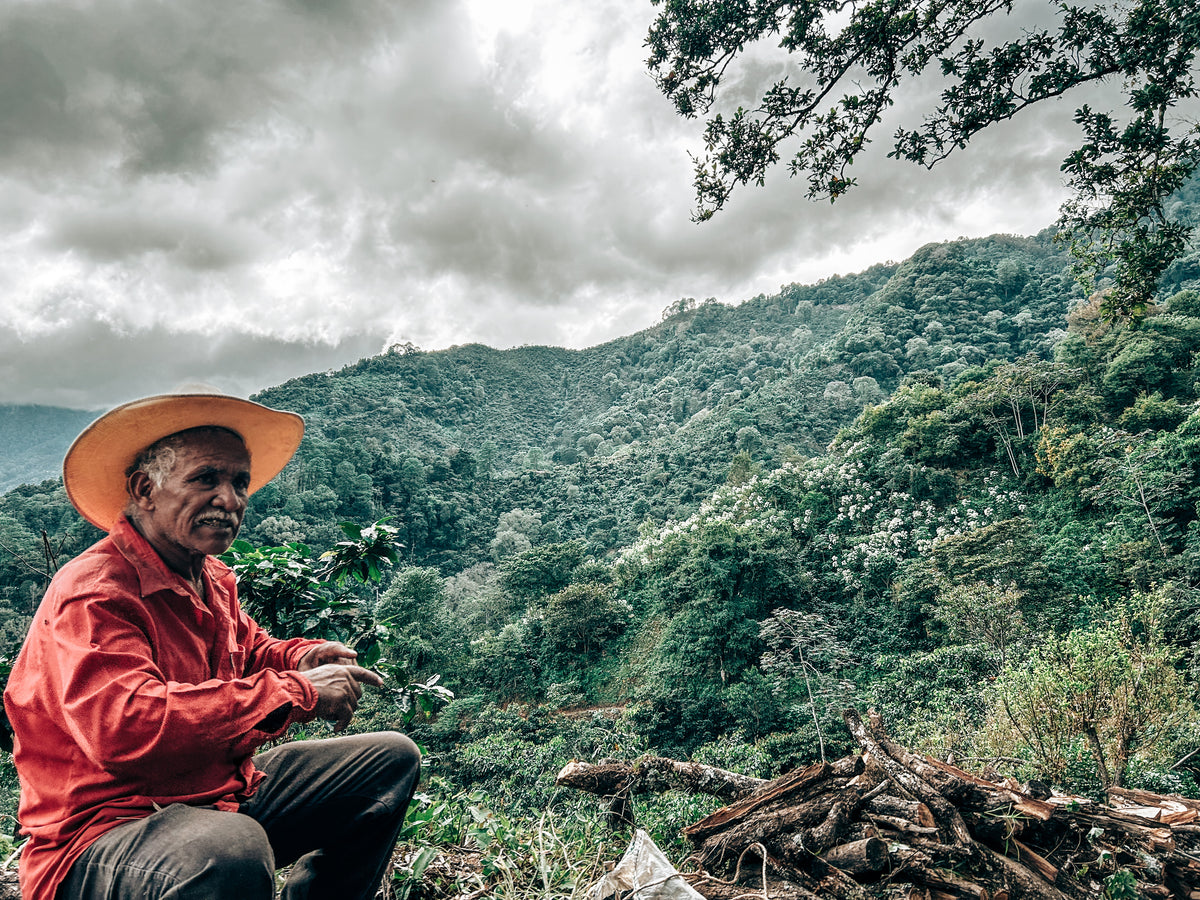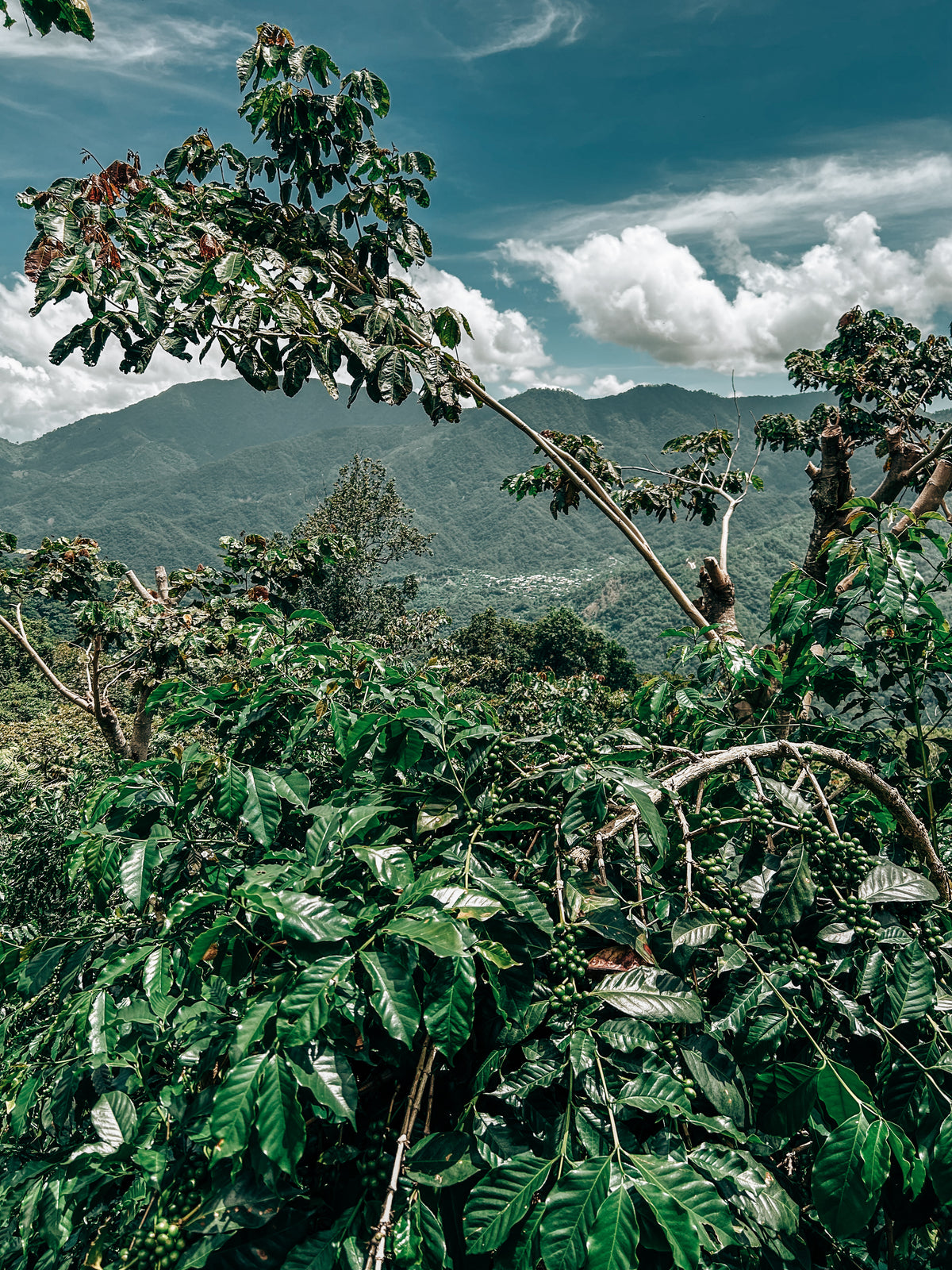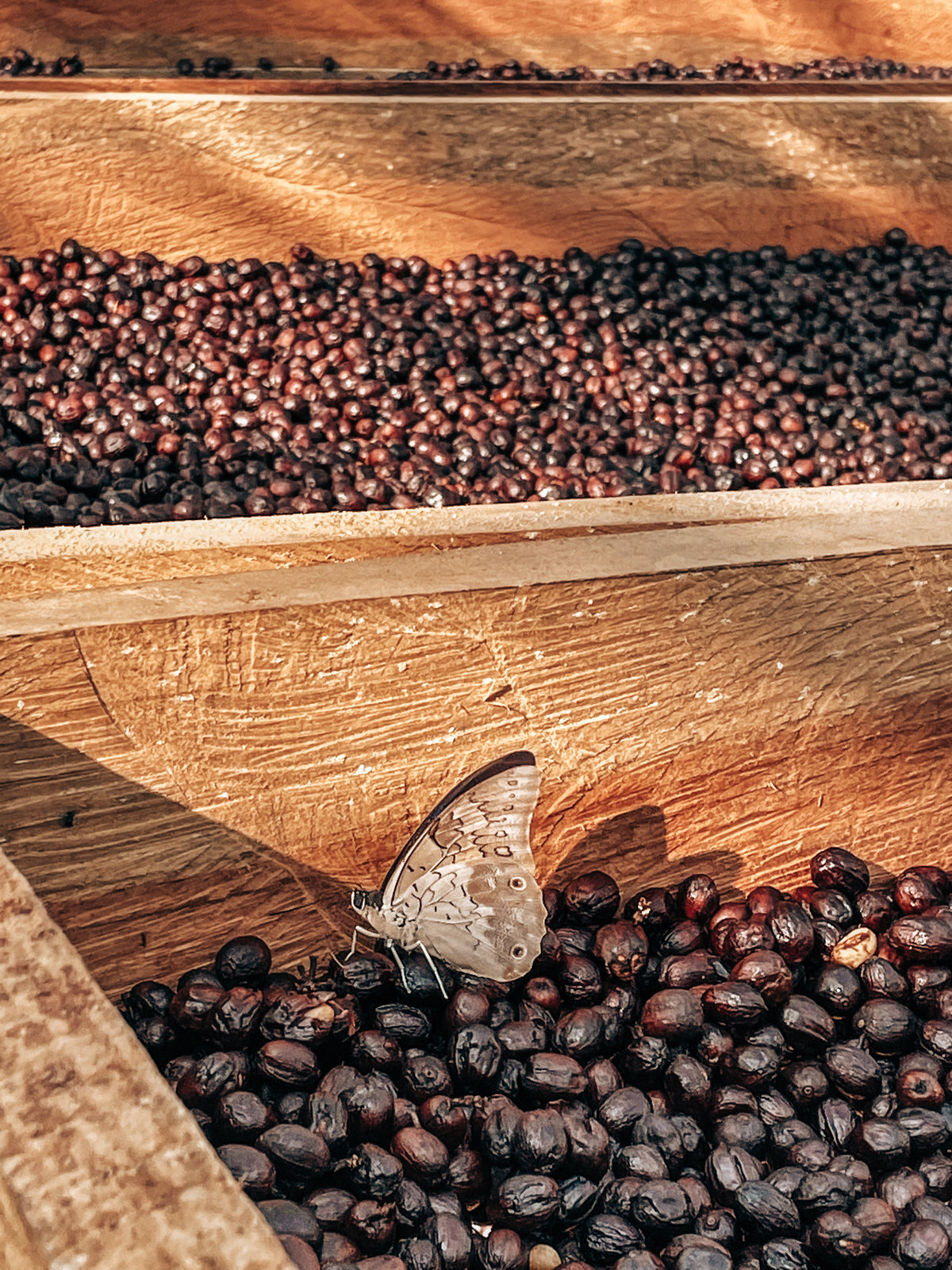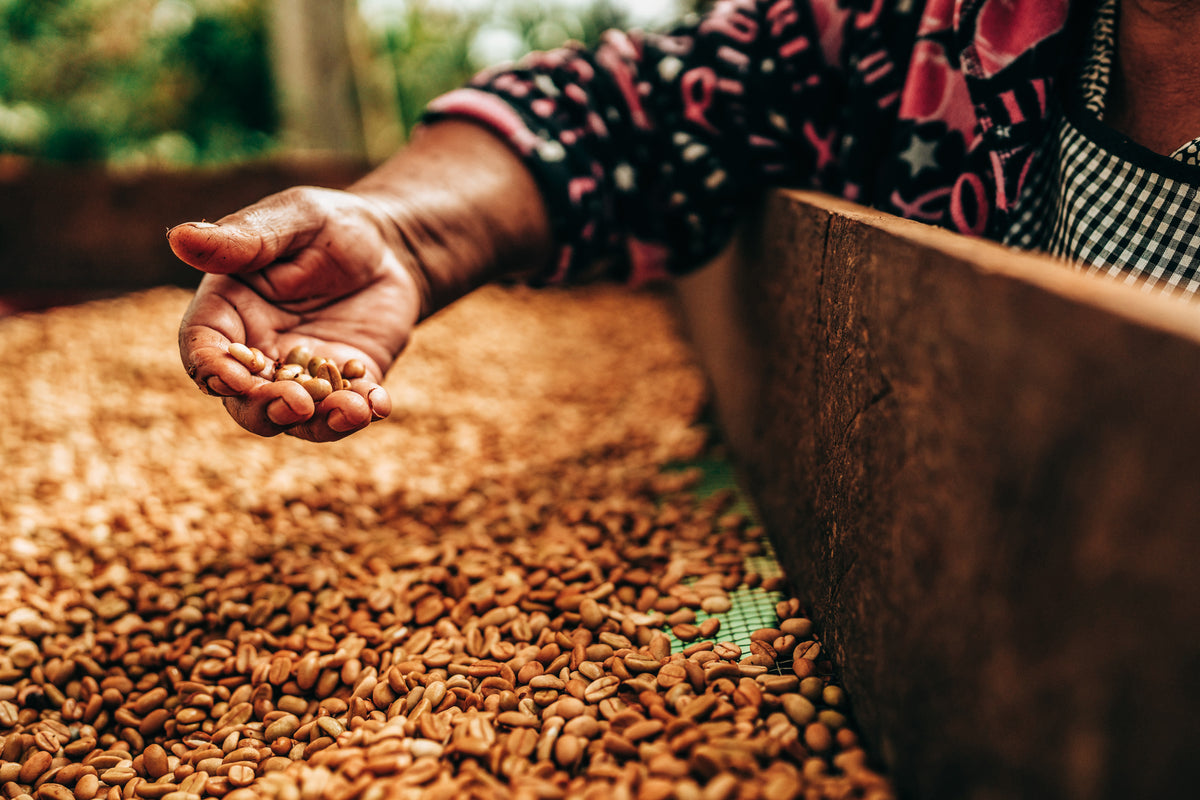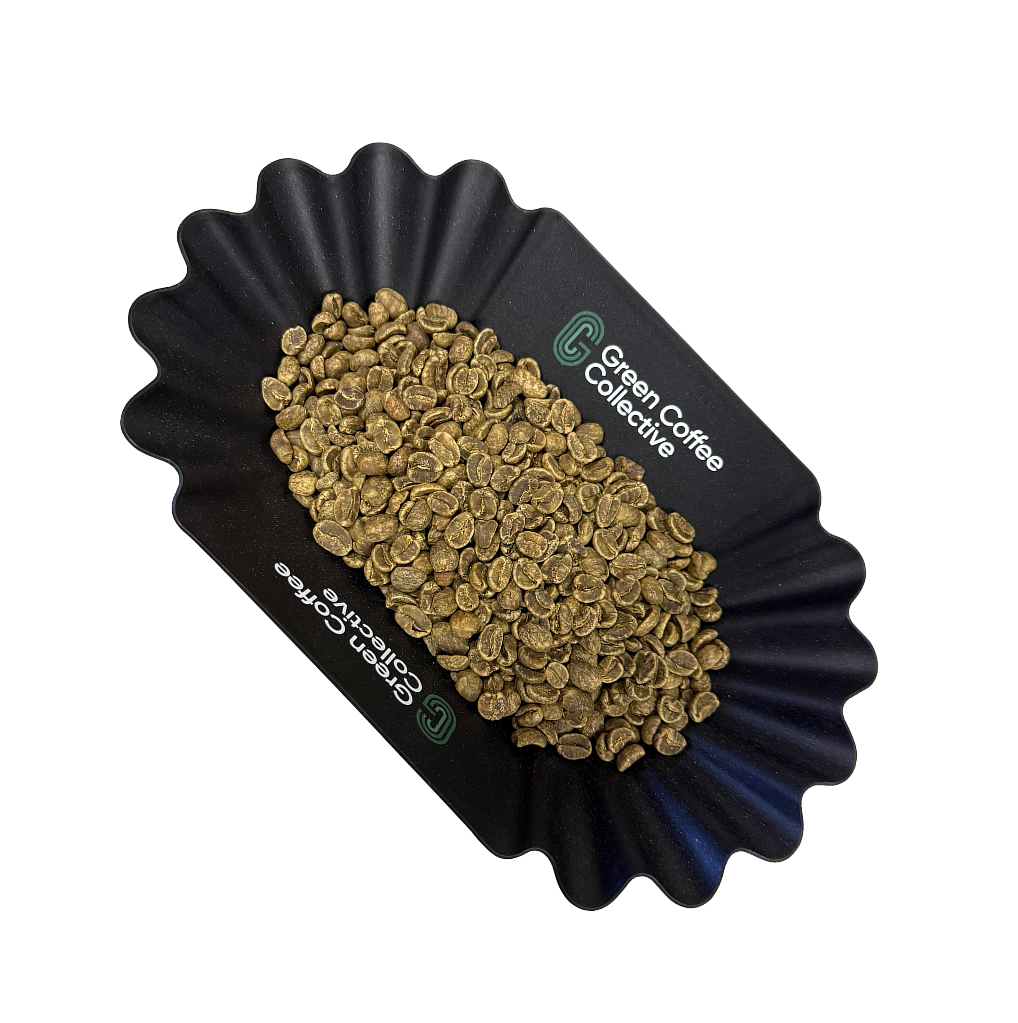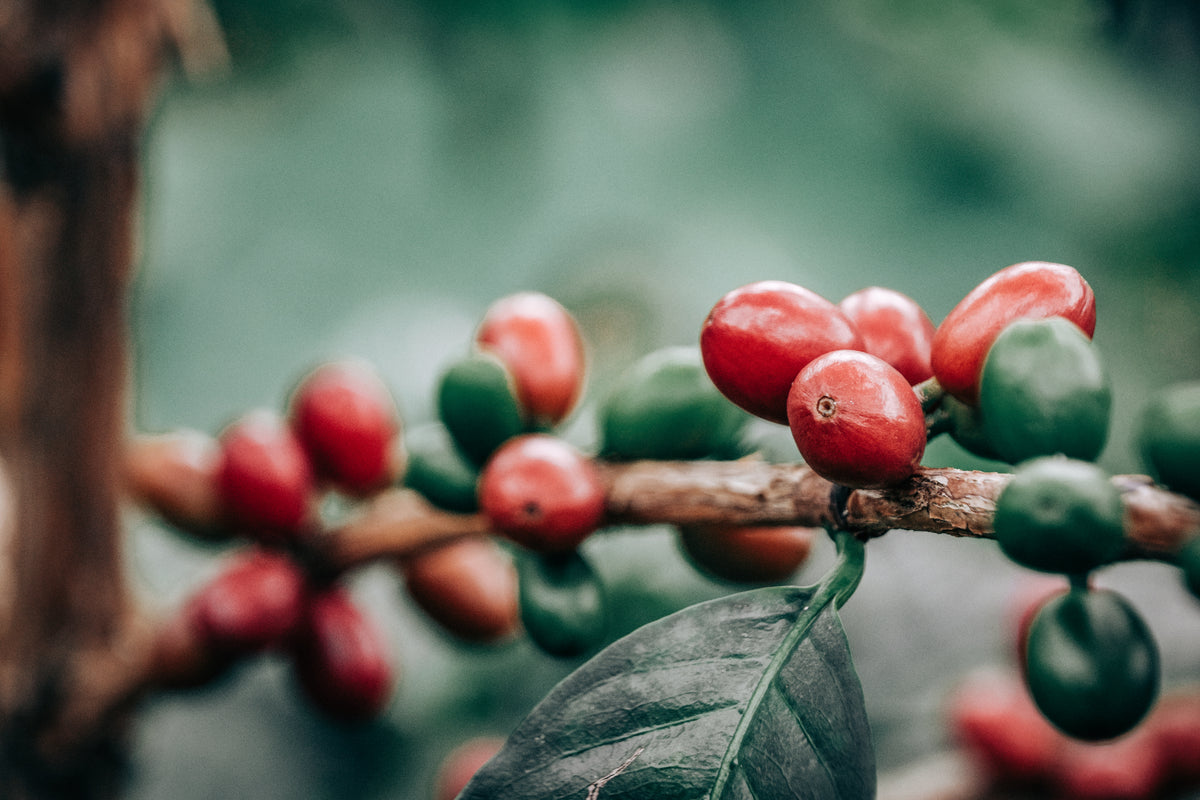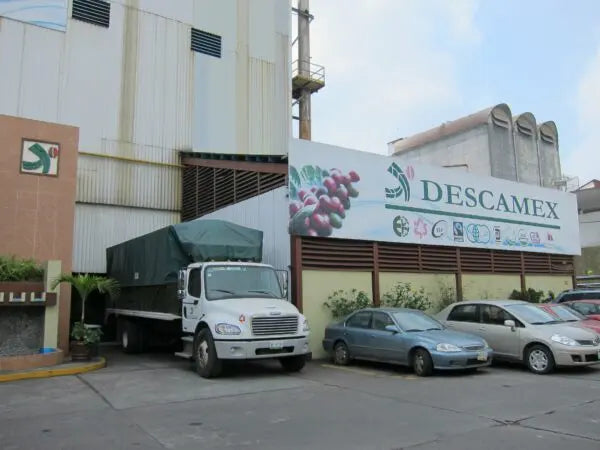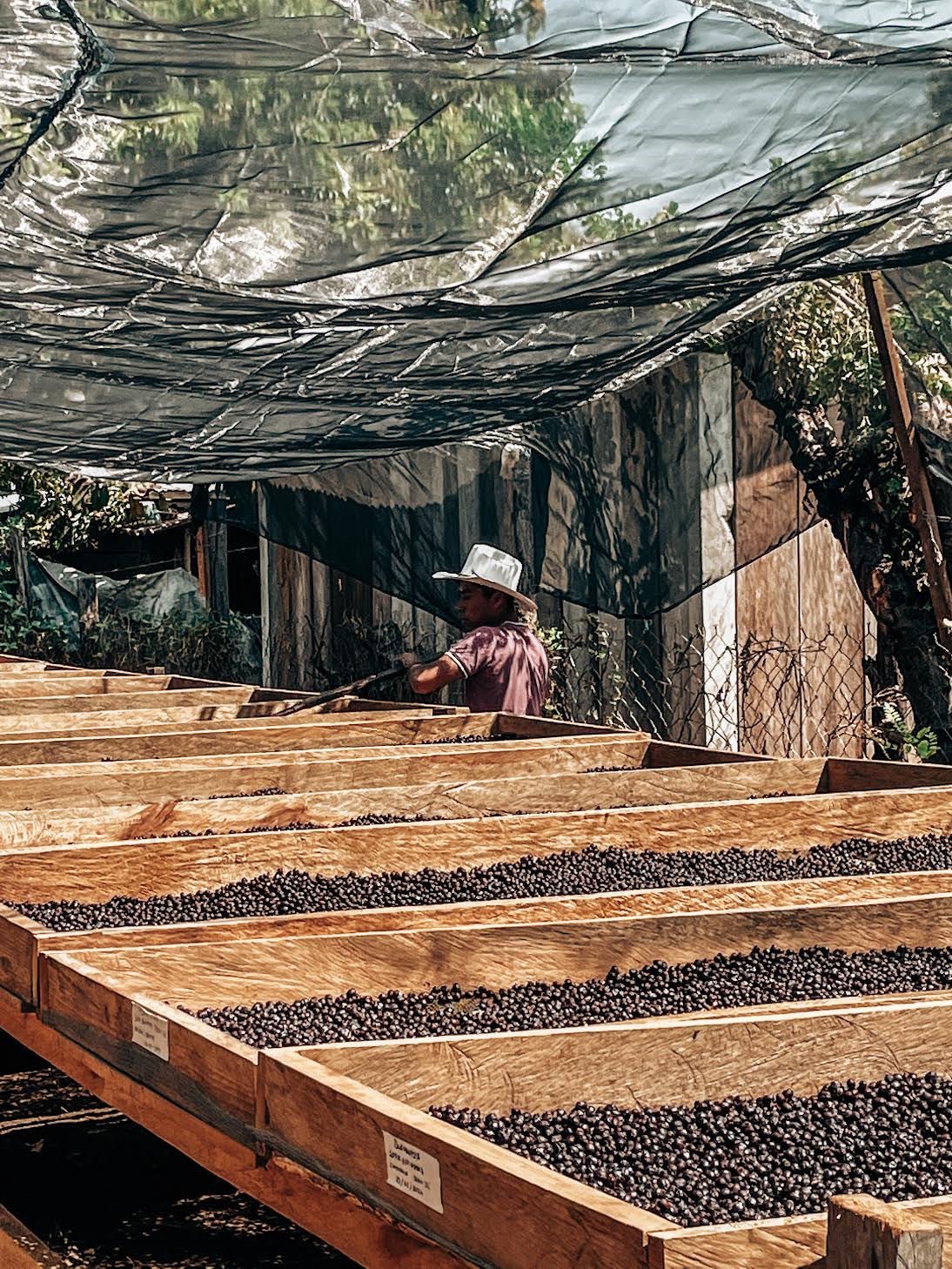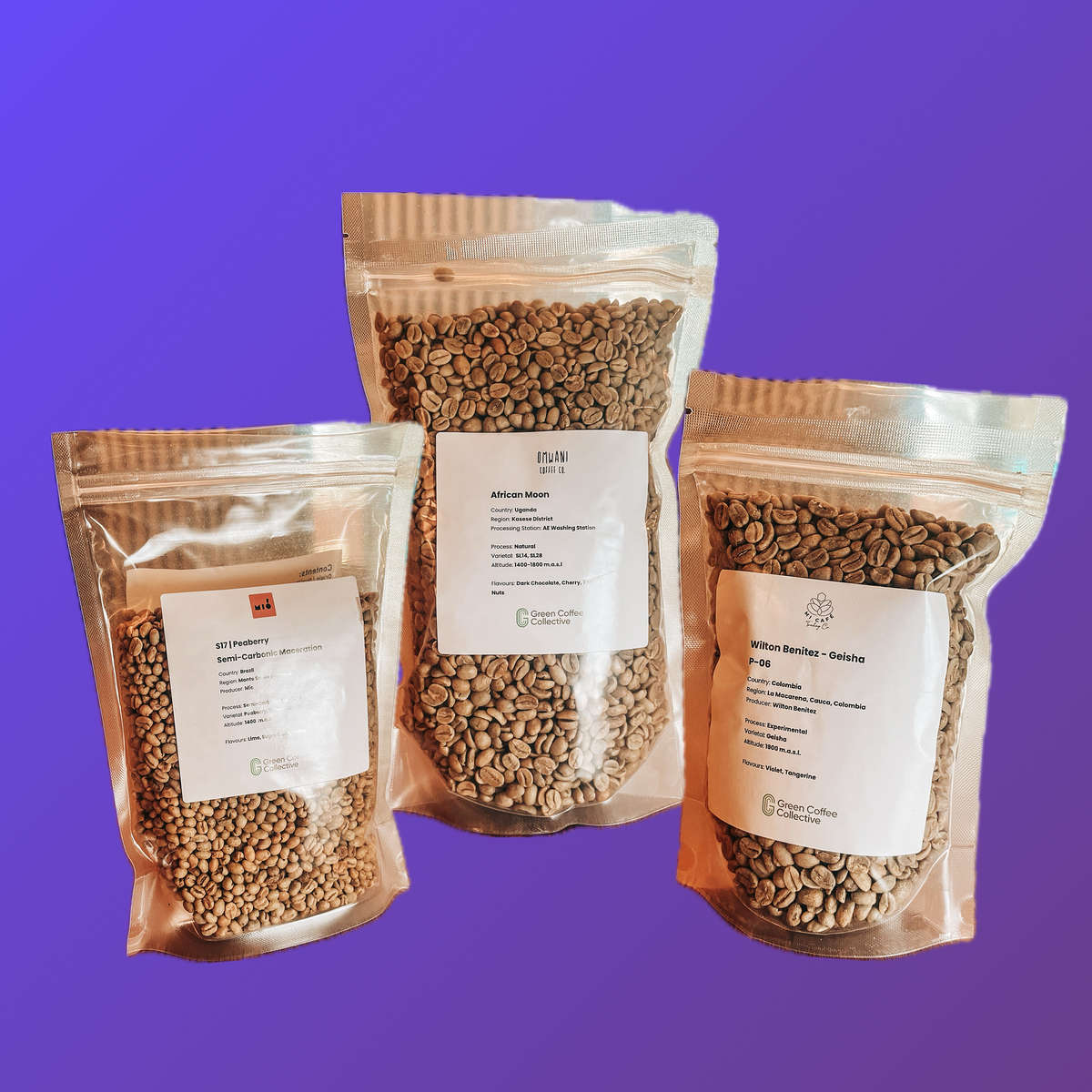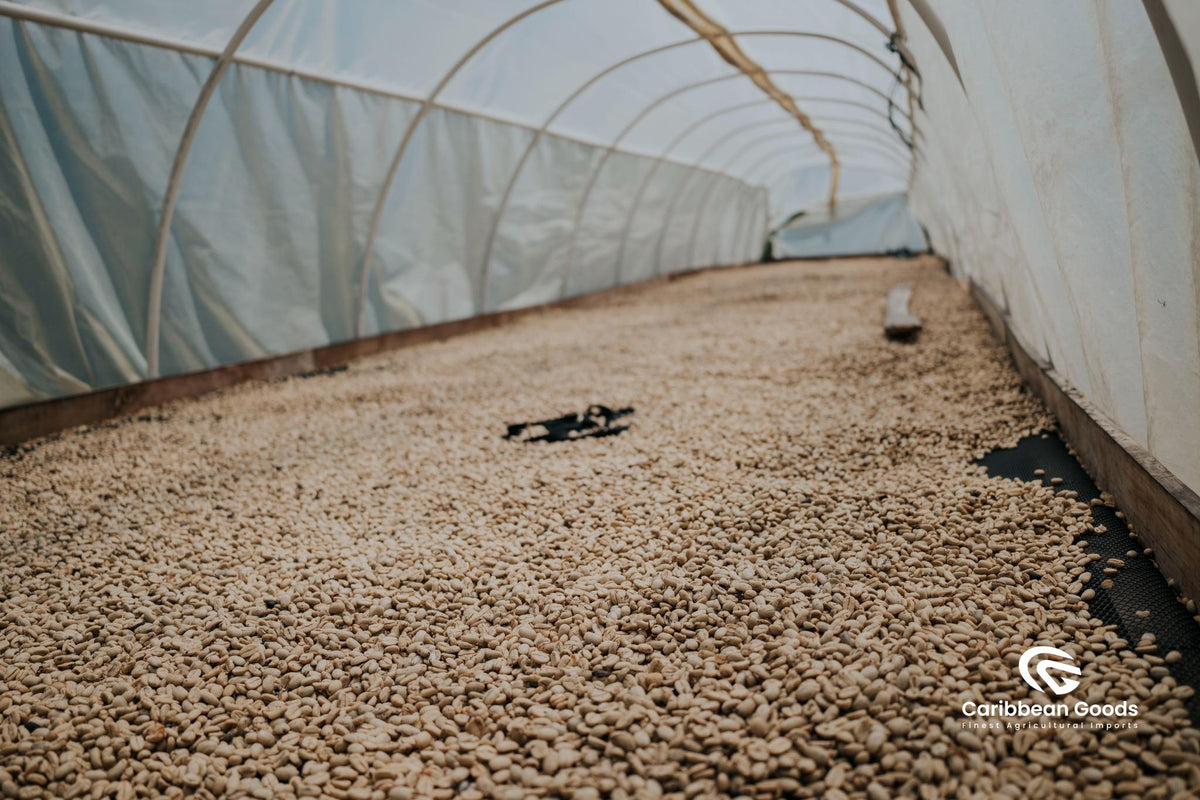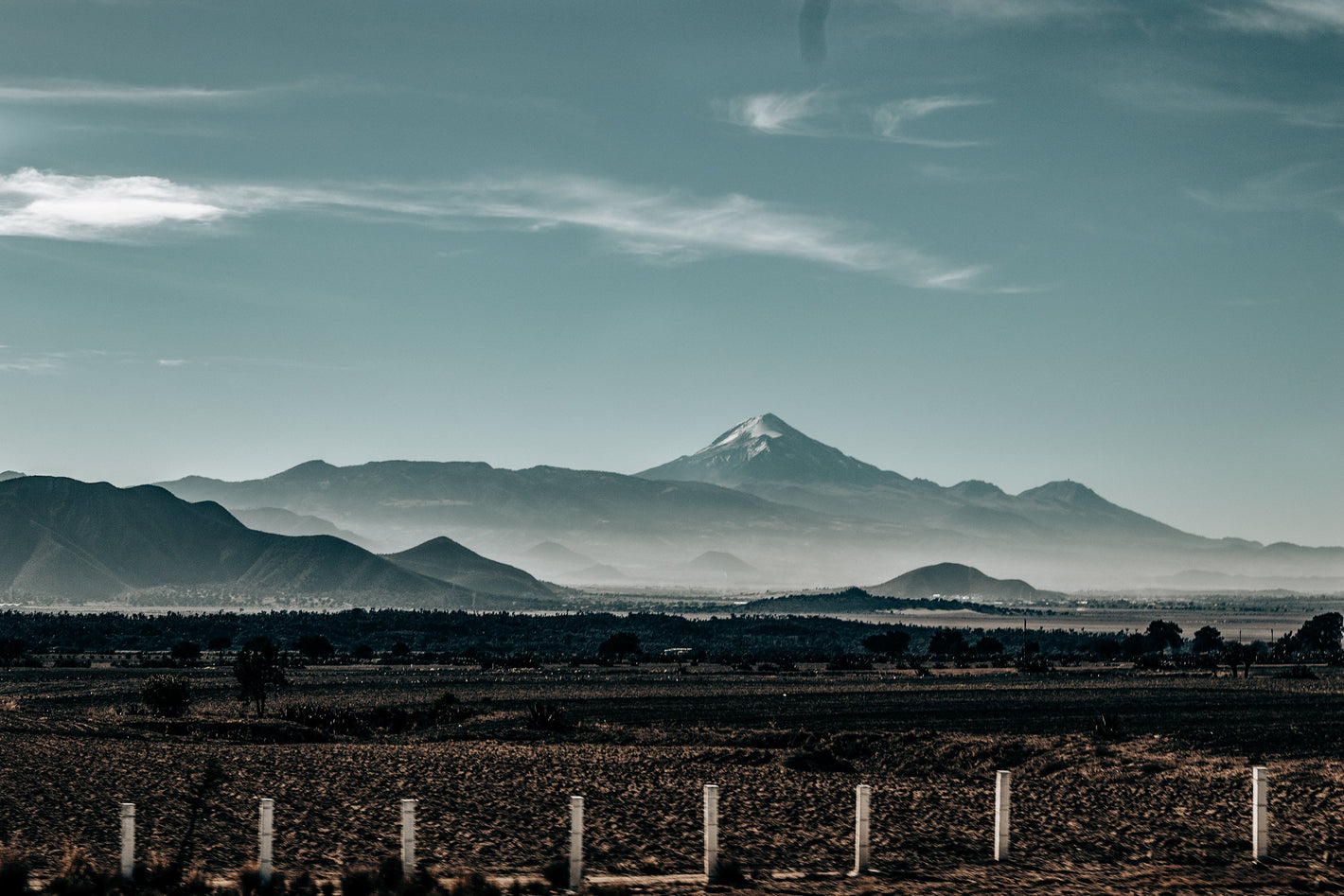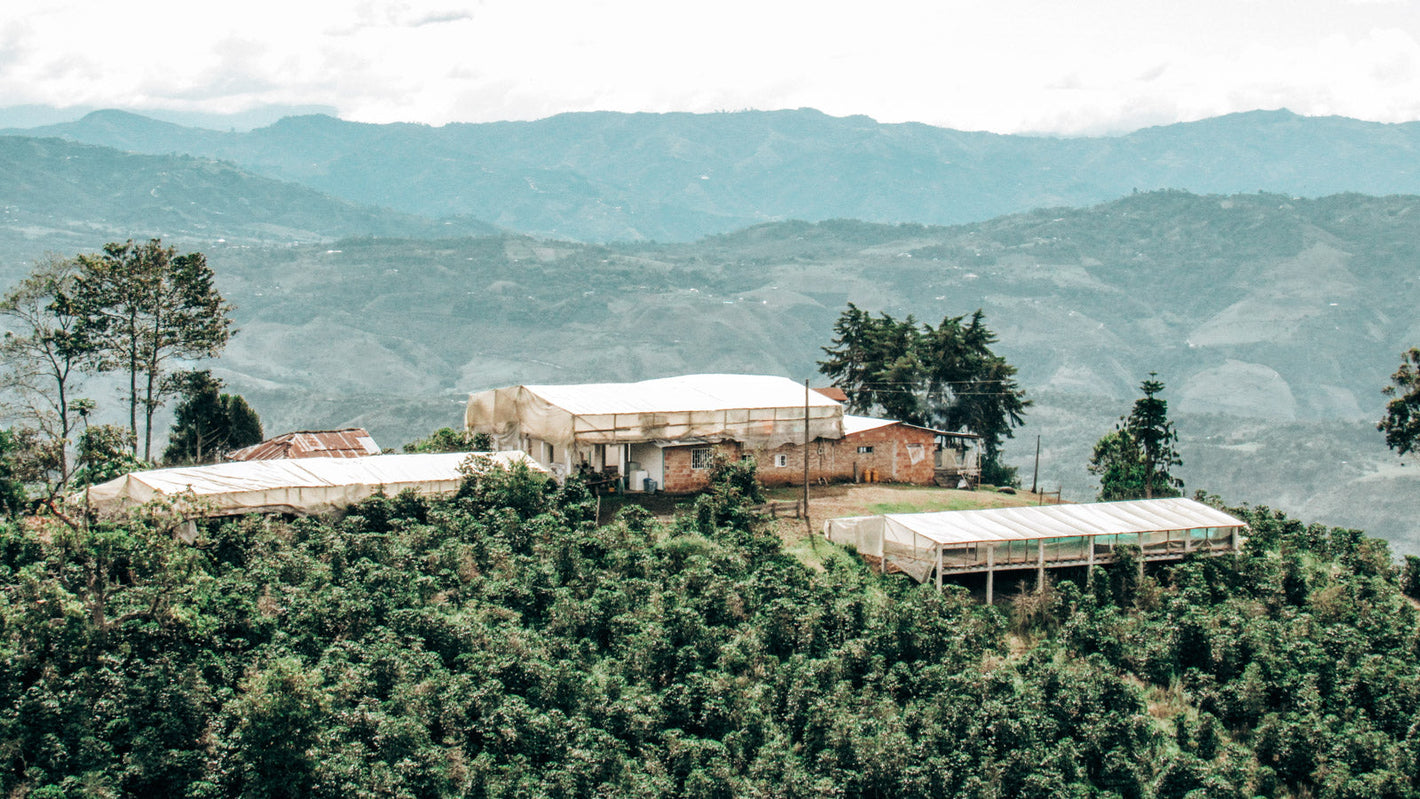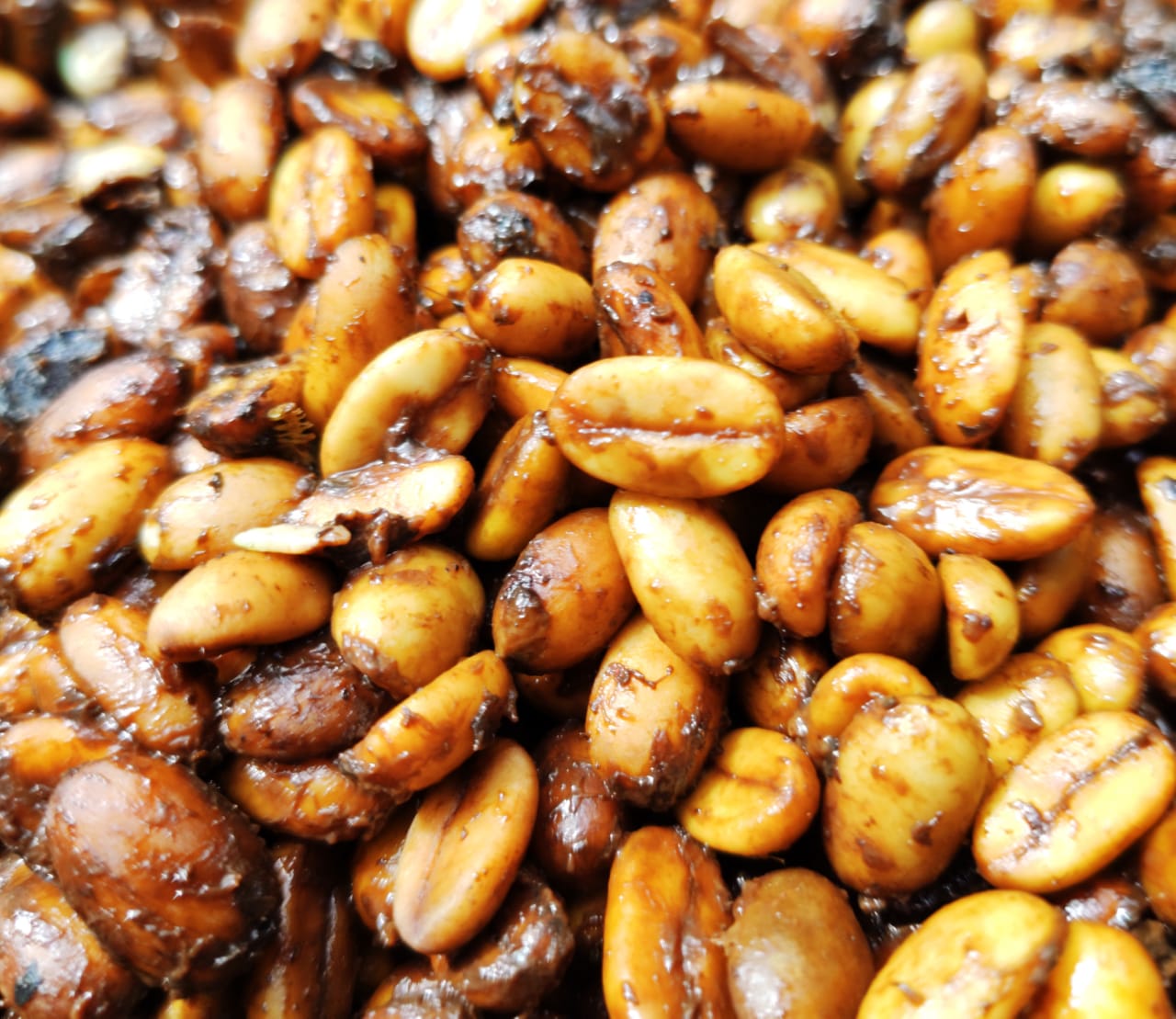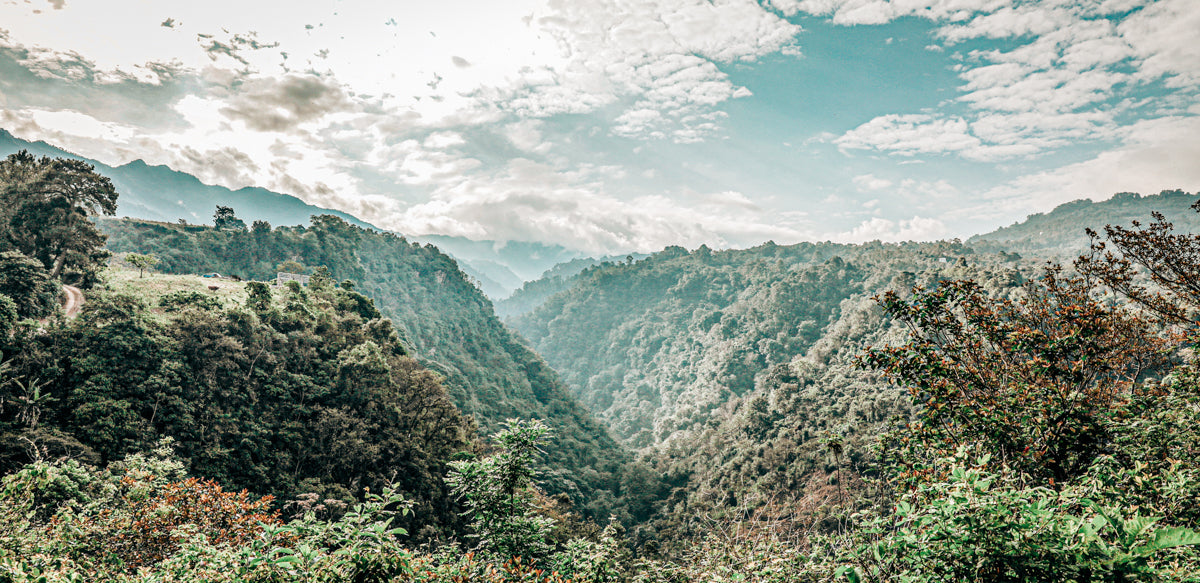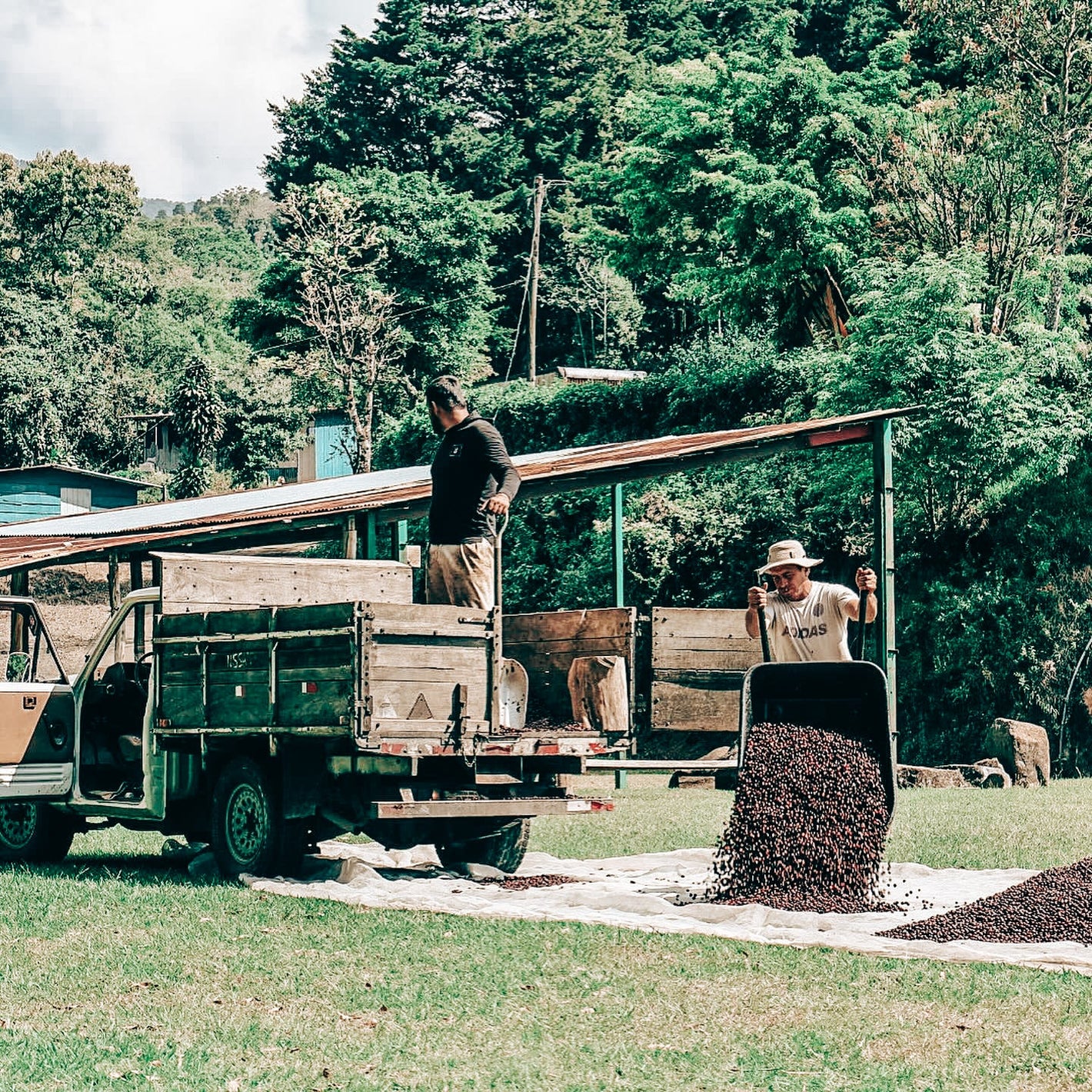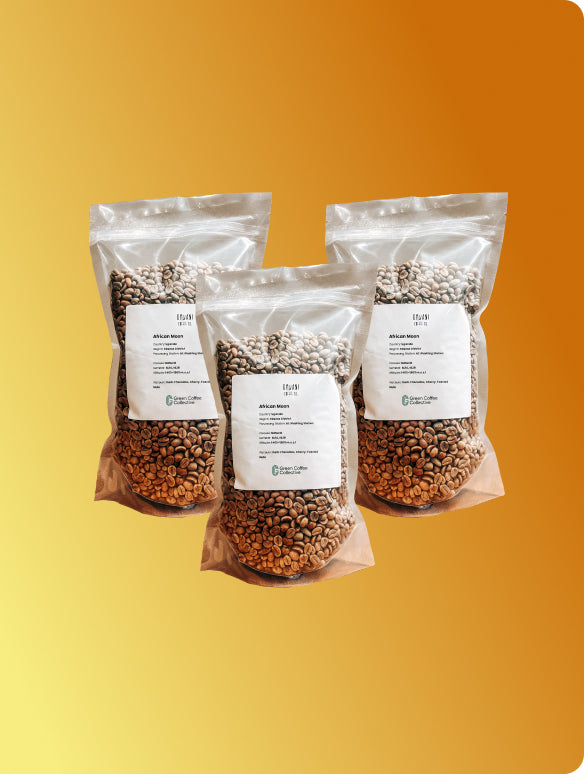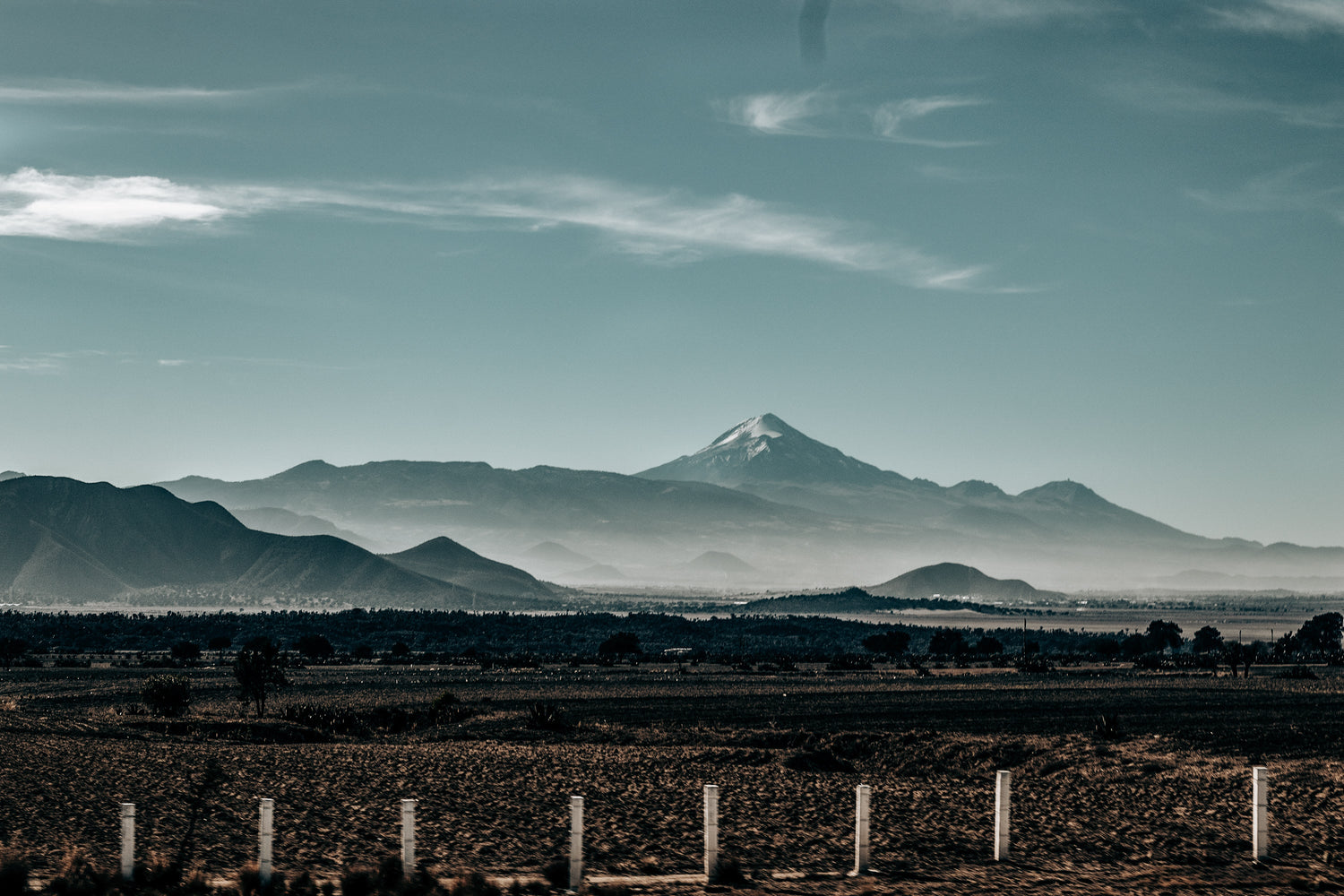
Mexico Green Coffee Beans
Mexico is one of the largest exporters of organic coffee, known for its light body and bright acidity, with undertones of chocolate and nut. We provide both wholesale sizes for bulk purchases and smaller sizes ideal for sampling or home roasters, helping you discover the perfect coffee to meet your needs.
-
Rancho Morelia 2025
Cupping Score85.0Processing methodVarietalBourbon , Typica , CatimorMain flavour notesMaple Syrup | Cocoa | Orange | BergamotIn Stock+100kg left -
Rancho Morelia
Cupping Score85.0Processing methodVarietalBourbon , Typica , CatimorMain flavour notesChocolate | Vanilla | CinnamonOut of Stock -
Pocitos Natural Geisha
Cupping Score88.0Processing methodVarietalGeishaMain flavour notesPapaya | Lemon | LotusIn Stock+5kg left -
Plan Libertad Maragogype
Cupping Score87.0Processing methodVarietalMaragogypeMain flavour notesStone Fruits | Ripe Mango | CitrusIn Stock+25kg left -
Plan Libertad
Cupping Score87.0Processing methodVarietalMaragogypeMain flavour notesStone Fruits | Ripe Mango | CitrusIn Stock+5kg left -
Nuevo Vergel | Maragogype Natural
Cupping Score87.0Processing methodVarietalRed MaragogypeMain flavour notesStrawberry | Caramel | MandarinIn Stock+10kg left -
MW Decaf Quetzal
Cupping Score83.25Processing methodVarietalTypica , Mundo Novo , Bourbon , CaturraMain flavour notesOrange | Citrus | Brown SugarIn Stock+70kg left -
Mexican Decaf Mountain Water Process
Cupping Score83.5Processing methodVarietalTypica , BourbonMain flavour notesMilk Chocolate | Bright Citrus | Sweet | Clean FinishOut of Stock -
Marco Romero | Bourbon Natural
Cupping Score86.5Processing methodVarietalRed BourbonMain flavour notesRed Fruits | Strawberry | Plum | Hazelnut | SilkyIn Stock+20kg left -
Explorer - Rolling Green Bean Subscription
Processing methodVarietalMultipleMain flavour notesVaries from each coffee
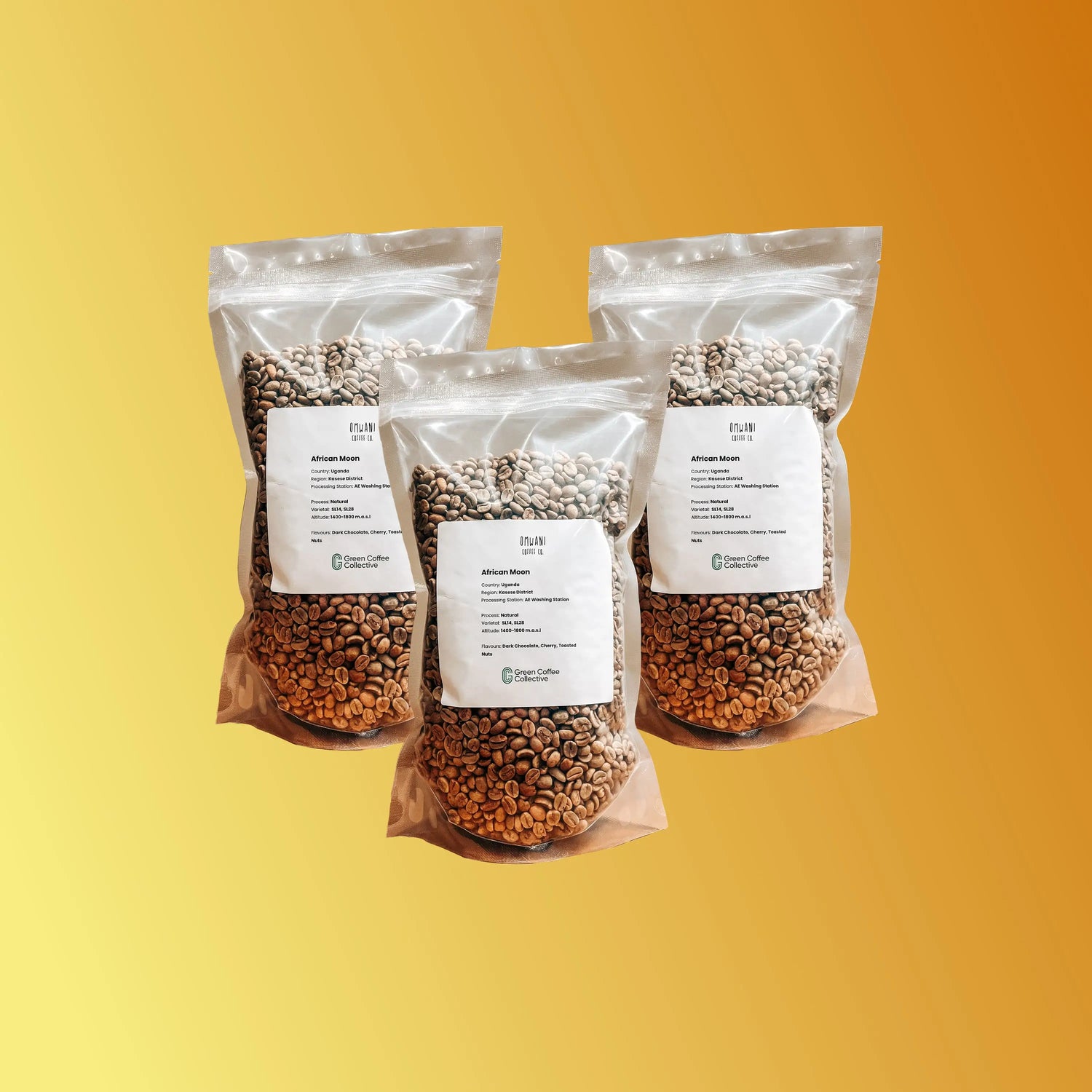
Your guide to Mexico Green Coffee Beans
-
What makes Mexican coffee special?
-
Where is Coffee Grown in Mexico?
-
How do we work with our Mexican sourcing partner to ensure transparent coffee trade?
-
Discover the Exceptional Quality of Mexico Green Coffee Beans
-
Why Mexico Green Coffee Beans Are Celebrated Worldwide
-
Why Roasters Love Mexico Green Coffee Beans
-
Flavor Profile & Cupping Notes
-
Coffee-Growing Regions of Mexico
-
Varietals & Species
-
Harvest Seasons & Availability
-
Processing Methods in Mexico
-
Notable Varieties of Mexico Green Coffee Beans
-
Usage & Versatility of Mexico Green Coffee Beans
-
Best Brewing Methods for Mexico Green Coffee Beans
-
Quality Standards for Green Coffee Beans in Mexico
-
Sourcing & Traceability
-
Buy 100% High-Quality Mexico Green Coffee Beans


